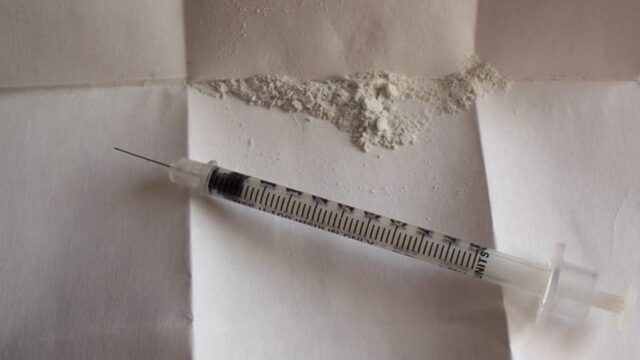Low income and poor education were the most common socioeconomic hardships among Baltimore-area residents who knew someone had died of an overdose last year, according to a new Johns Hopkins University study.
The new report by the Johns Hopkins University’s 21st Century Cities Initiative, released Tuesday, found that a majority of those who knew someone who had died of an overdose had less than a high school education, and a plurality made less than $30,000 annually.
The data reaffirmed the correlation between poor socioeconomic status and the prevalence of drug overdoses in one’s life.
“Overdose deaths leave a lasting mark on the people left behind,” said lead author Michael Bader, an associate professor of sociology at Johns Hopkins and faculty director of the 21st Century Cities Initiative, which brings together researchers from across the university to study urban issues.
“As a community, we live and work in a place where every fourth person we meet is carrying around a profound loss from overdose.”
The study found that 54% of those who reported knowing someone who had died of an overdose had less than a high school education, and 41% of those who knew someone made less than $30,000 annually.
In terms of race, 31% of Black individuals knew someone who died of an overdose, while 28% of white individuals knew someone who had died.
The racial divide becomes more severe, however, regarding individuals who know more than one person who succumbed to overdose.
Black Baltimore-area residents “were more than twice as likely as White residents to report knowing three or more people with an addiction to illicit drugs,” the study found.
“The findings not only highlight the broader loss Baltimore-area communities are experiencing; they also identify the communities disproportionately affected by drug overdoses, and this information can help direct resources to support people who have lost loved ones,” Bader said.
The data was taken from the 2023 Baltimore Area Survey and included 1,352 Baltimore-area residents; 818 lived in the city and 534 lived in the county.
While the report concluded that income and education were the largest factors in those who know someone who has died of an overdose, race remains a significantly larger player in those who die.
In 2023, 691, or almost 70%, of the 989 overdose deaths in Baltimore City were Black individuals, according to data from the state Department of Health.
That equates to a death rate of about 118 per 100,000 people, based on 2020 U.S. Census, which is well above that death rate of 50 per 100,000 for white people.
In Baltimore County, 90, or 27%, of fatal overdoses were Black individuals. That equated to a death rate of about 11 per 100,000 people, which was lower than the death rate of 21 per 100,000 for white people.

